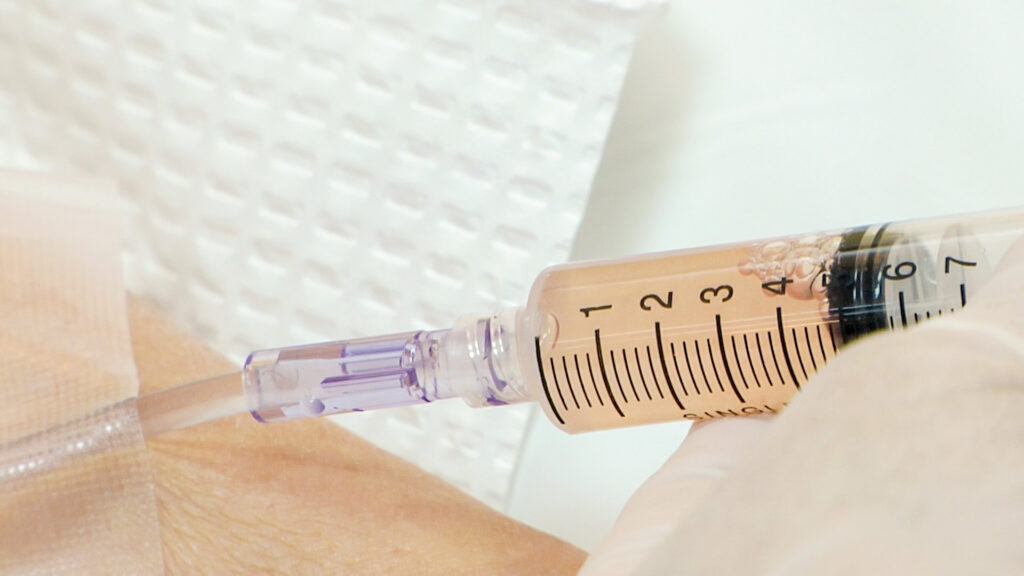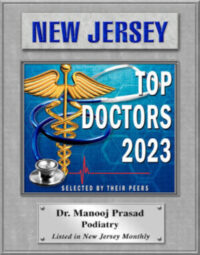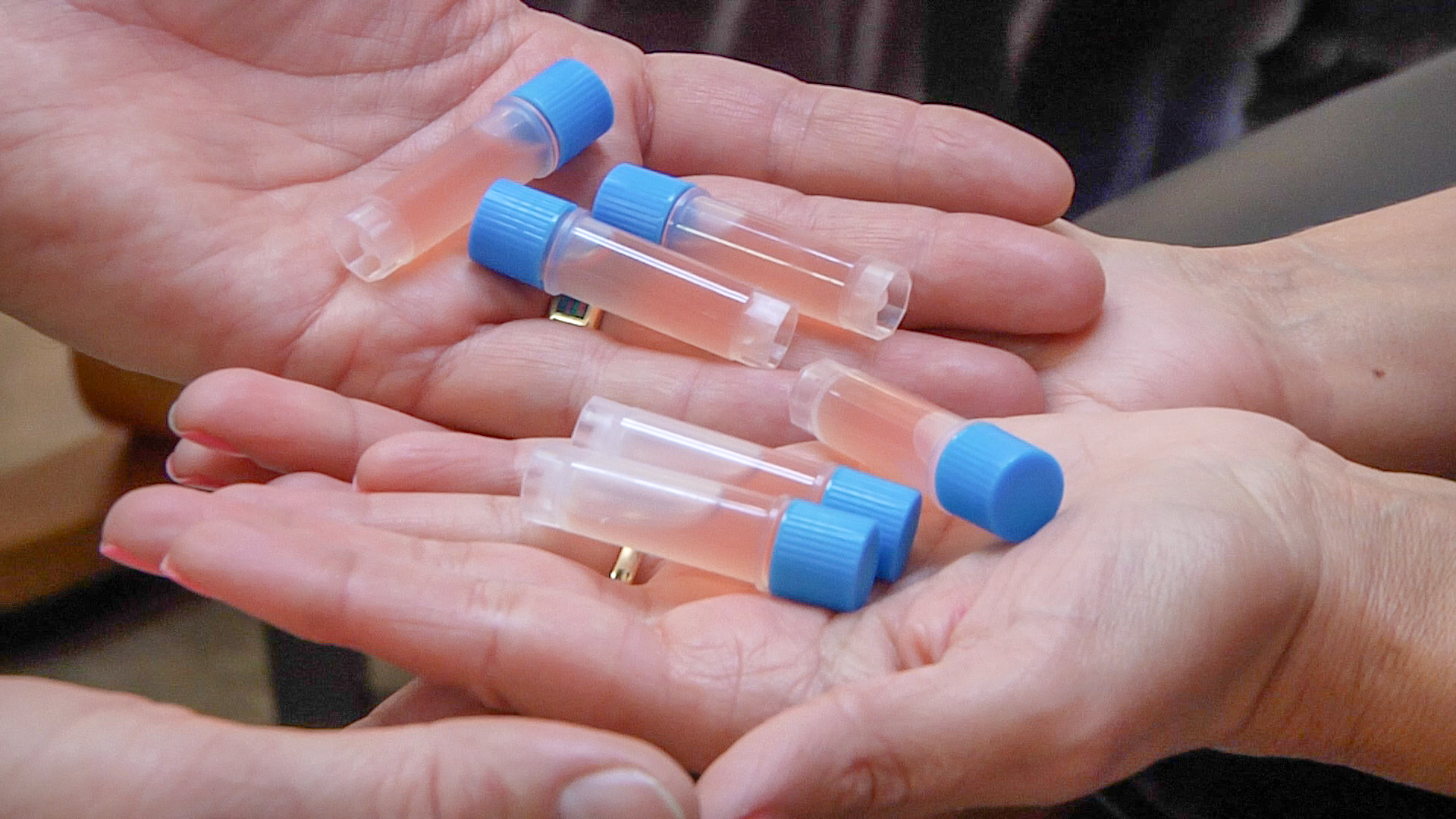Foot and ankle injuries are among the most common musculoskeletal issues, affecting people of all ages and activity levels. Whether caused by sports, accidents, or degenerative conditions, these injuries can lead to chronic pain, mobility limitations, and a decreased quality of life. Traditional treatment methods such as medications, physical therapy, and surgery have been effective but often come with long recovery times and potential risks.
In recent years, Regenerative Medicine has revolutionized the way foot and ankle injuries are treated. By leveraging the body’s natural healing abilities, this innovative approach accelerates recovery, reduces pain, and enhances tissue regeneration. At 🌿 Garden State Foot & Ankle Group, 👨⚕️ Dr. Manooj Prasad and his expert team specialize in cutting-edge regenerative treatments that offer non-invasive and long-lasting solutions for foot and ankle conditions.
🚀 Revolutionary Regenerative Medicine: Transforming Foot and Ankle Injury Treatment
Foot and ankle injuries often cause severe pain and limit mobility. Traditional treatments include medications, physical therapy, or surgery. However, Regenerative Medicine has emerged as an advanced, effective, and minimally invasive approach that accelerates the body’s natural healing process.
🔬 What is Regenerative Medicine?
Regenerative medicine is based on innovative techniques that repair, regenerate, or replace cells, tissues, and organs in the body. It includes 🧬 Stem Cell Therapy and 💉 Platelet-Rich Plasma (PRP) Therapy, which are proving highly effective in treating foot and ankle injuries.
🦶 Foot and Ankle Injuries That Can Be Treated with Regenerative Medicine:
- 🏃♂️ Achilles Tendinitis (Inflammation of the Achilles tendon)
- 🦵 Plantar Fasciitis (Heel pain and inflammation)
- 🦿 Ankle Osteoarthritis (Joint disease affecting the ankle)
- 🤕 Ligament and Tendon Injuries
- 🦴 Fractures and Sprains
🔹 1. Stem Cell Therapy 
🧬 Stem Cell Therapy involves delivering specialized cells to the injured area to stimulate the regeneration of new tissues. Mesenchymal Stem Cells (MSCs), typically derived from 🦴 bone marrow or 🫀 fat tissue, aid in repairing tendons, cartilage, and bones.
✅ Benefits:
- ⚡ Accelerated healing
- 🩹 Significant pain reduction
- 🌱 Natural tissue regeneration
- 🚫 Non-surgical treatment
🔹 2. Platelet-Rich Plasma (PRP) Therapy
PRP therapy involves extracting platelets from the patient’s blood and injecting them into the injured area to enhance the body’s natural healing process.
✅ Benefits:
- ⏩ Rapid wound healing through natural growth factors
- 🔥 Reduced inflammation
- 💪 Strengthening of joints and tendons
- 🏥 Minimally invasive treatment
🌟 Benefits of Regenerative Medicine for Foot and Ankle Injuries
Regenerative medicine provides numerous advantages over traditional treatments, making it an excellent choice for many patients suffering from foot and ankle injuries.
🔥 1. Faster Recovery Time
Regenerative treatments like PRP and stem cell therapy accelerate the body’s healing process, allowing patients to return to normal activities much faster than with conventional treatments.
🩺 2. Non-Surgical Treatment
Many foot and ankle injuries previously required invasive surgery. Regenerative medicine provides a non-surgical alternative, reducing the risks and recovery time associated with surgical procedures.
💊 3. Long-Term Pain Relief
Unlike temporary solutions such as painkillers, regenerative medicine addresses the root cause of pain by promoting natural healing and tissue repair, offering long-lasting relief.
🌡 4. Reduced Inflammation
Chronic inflammation can lead to further damage in the foot and ankle. PRP therapy helps control inflammation by delivering healing platelets and growth factors directly to the injured area.
🏃♂️ 5. Improved Mobility and Function
By regenerating damaged tissues, regenerative medicine enhances joint function and mobility, allowing patients to move freely without discomfort.
⏳ 6. Minimal Downtime
Unlike traditional treatments that may require extended rest periods, regenerative medicine allows patients to recover with minimal disruption to their daily lives.
📊 Comparison: Regenerative Medicine vs. Traditional Treatments
| 🏥 Factors | 💊 Traditional Treatments | 🌱 Regenerative Medicine |
|---|---|---|
| Approach | Surgery, Medications, Physical Therapy | Cell Regeneration & Tissue Repair |
| Recovery Time | Long (Weeks to Months) | Shorter (Days to Weeks) |
| Pain | High | Minimal |
| Effectiveness | Limited in Some Cases | Long-lasting & Natural |
🤔 Frequently Asked Questions (FAQs) About Regenerative Medicine
❓ 1. What is regenerative medicine, and how does it work?
Regenerative medicine is a field of medical treatment that uses the body’s own healing mechanisms to repair and regenerate damaged tissues. It typically involves therapies like 🧬 Stem Cell Therapy and 💉 Platelet-Rich Plasma (PRP) Therapy, which promote natural tissue repair and pain relief.
❓ 2. Is regenerative medicine safe?
✅ Yes! It uses the patient’s own cells or blood components, reducing the risk of rejection or adverse reactions. It is a minimally invasive procedure with a low risk of complications.
❓ 3. How long does it take to see results?
⏳ The time frame for noticeable results varies. Some patients experience pain relief within weeks, while others may see improvements over several months as tissues naturally regenerate.
❓ 4. Who is a good candidate?
Patients with chronic foot & ankle pain, tendon injuries, arthritis, ligament damage, or sports injuries may benefit from regenerative medicine. It is especially recommended for those looking for non-surgical alternatives.
❓ 5. How many sessions are needed?
📅 The number of sessions required depends on the severity of the condition. Some patients require only one session, while others may need multiple treatments for optimal results.
❓ 6. Is regenerative medicine covered by insurance?
💰 Insurance coverage varies. Many plans do not yet cover these treatments as they are considered advanced therapies. Check with your provider or consult our clinic for payment options.
❓ 7. Are there any side effects?
🔵 Most patients experience minimal side effects, such as mild swelling, redness, or discomfort at the injection site. These symptoms typically resolve within a few days.
🌟 Why Choose Garden State Foot & Ankle Group?
At Garden State Foot & Ankle Group, we provide state-of-the-art regenerative medicine treatments tailored to your needs. Our expert team, led by Dr. Manooj Prasad, ensures top-quality care to help you regain mobility and live pain-free.
📞 Contact Us: (732) 557-9900
📧 Email: gsfagroup@gmail.com
📍 Address: 664 Commons Way Building I, Toms River, NJ
🌐 Website: https://gsfagroup.com/
💙 Book your appointment today and take the first step toward a pain-free life! 🚀

0 Comments